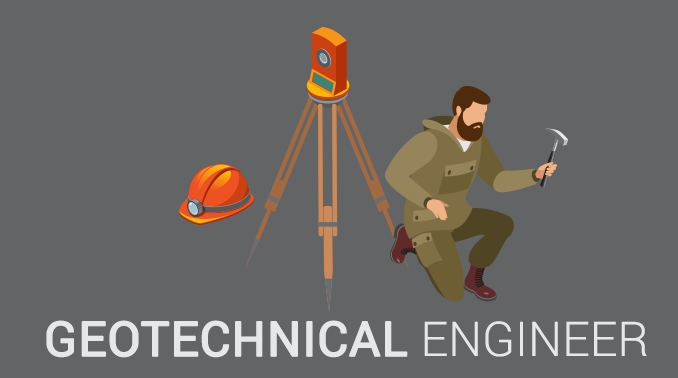The Best Guide To Consulting Engineers
The Best Guide To Consulting Engineers
Blog Article
Little Known Facts About Consulting Engineers.
Table of ContentsThe Of Consulting EngineersThe 10-Second Trick For Consulting EngineersConsulting Engineers Things To Know Before You Get ThisAll about Consulting EngineersThe Ultimate Guide To Consulting EngineersLittle Known Questions About Consulting Engineers.
To give the very best experiences, we use innovations like cookies to store and/or access device details. Granting these technologies will certainly allow us to refine data such as surfing behavior or one-of-a-kind IDs on this site. Not consenting or taking out approval, might negatively influence certain functions and functions - Consulting Engineers. The technological storage or accessibility is strictly required for the reputable purpose of allowing making use of a specific service explicitly asked for by the client or user, or for the sole function of performing the transmission of an interaction over an electronic communications network.They carry out website examinations, accumulate samples, carry out lab examinations, and analyze data to evaluate the suitability of the ground for building jobs. Based on their findings, geotechnical engineers offer suggestions for foundation design, slope stability, maintaining frameworks, and reduction of geotechnical threats. They team up with various other specialists, such as architects, structural engineers, and building teams, to guarantee that geotechnical considerations are integrated into the overall project design and implementation.
Consulting Engineers Fundamentals Explained
They analyze the data to understand the residential properties and habits of the soil and rock, including their stamina, permeability, compaction characteristics, and groundwater problems. Geotechnical Analysis and Layout: Geotechnical designers assess the data accumulated throughout site investigations to analyze the stability and viability of the site for building and construction jobs. They perform geotechnical computations and modeling to evaluate variables such as bearing ability, settlement, incline stability, side earth stress, and groundwater flow.
Structure Style: Geotechnical designers play a crucial duty in creating structures that can safely sustain the designated framework. They evaluate the dirt problems and load demands to determine the proper foundation type, such as superficial foundations (e.g., grounds), deep foundations (e.g., stacks), or specialized techniques like dirt enhancement. They consider variables such as negotiation limitations, birthing capability, and soil-structure interaction to develop optimum structure layouts.
Here are some sorts of geotechnical engineers: Structure Designer: Structure designers specialize in developing and assessing structures for frameworks (Consulting Engineers). They assess the soil conditions, tons demands, and website characteristics to figure out one of the most appropriate foundation type and layout, such as shallow structures, deep foundations, or specialized techniques like stack foundations
The 7-Minute Rule for Consulting Engineers
They perform field screening, gather examples, and analyze the collected data to define the soil homes, geologic developments, and groundwater problems at a website. Geotechnical Instrumentation Engineer: Geotechnical instrumentation engineers concentrate on tracking and determining the actions of dirt, rock, and structures. They set up and keep instrumentation systems that check elements such as dirt negotiation, groundwater levels, slope activities, and structural displacements to analyze performance and provide very early cautions of prospective issues.
In the workplace atmosphere, geotechnical engineers make use of specialized software program tools to perform estimations, produce styles, and analyze information. They prepare reports, testimonial job specifications, connect with clients and staff view website member, and coordinate job activities. The office setup offers a helpful environment for study, analysis, and partnership with other experts associated with the job.
Some Known Facts About Consulting Engineers.
They often see project sites to perform site examinations, examine geotechnical conditions, and collect data for analysis. These sees entail traveling to different locations, occasionally in remote or tough terrains. Geotechnical engineers may carry out soil sampling, conduct tests, and screen building and construction tasks to ensure that the geotechnical aspects of the project are being executed properly.

The process is done with geotechnical investigation. It gives information on the physical residential or commercial properties of soil earthworks for suggested structures and for the repair work of distress to earthworks that are created by subsurface problems.
How Consulting Engineers can Save You Time, Stress, and Money.
This information can be used for a whole lot much more. Keep analysis as we note down the multiple functions of geotechnical investigations and why it is vital in geotechnical engineering. Geotechnical site examination is crucial in the construction procedure because it intends to understand and supply details on the site's subsurface problems.

They are: This is where geotechnical engineering takes location to understand the region's geology. All in all, it is check my source done to assess the physical conditions of the dirt.
The Definitive Guide for Consulting Engineers
This is usually where they use web link borings or explorations to take out dirt samples. Other than this, the designers will likewise aesthetically assess the dirt for rock and water.
Once engineers have conducted their examination, they will certainly require to create suggested remedies. Recognizing subsurface conditions before the construction of the site is vital to make sure that the framework is constructed securely and can be adequately supported.
Report this page